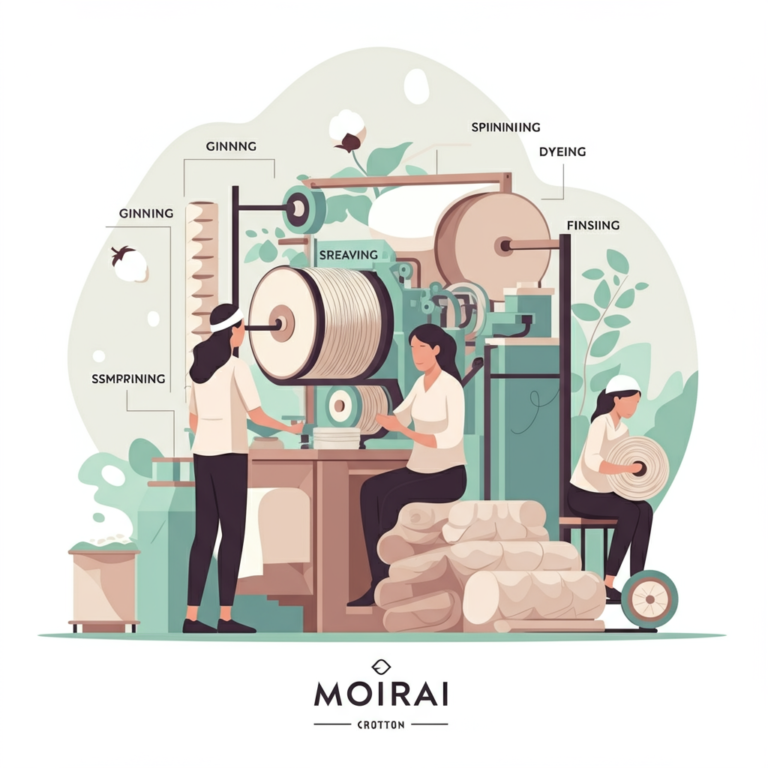A Review Of cotton fabrics
A Review Of cotton fabrics
Blog Article

Antibacteria: The hollow construction of flax fibers might be rich in oxygen, creating linen inhospitable for anaerobic germs to outlive, thereby offering antibacterial and antimicrobial results.
The fiber's breathability assures comfort and ease by letting air to circulate round the body, which makes it ideal for many climates.
Linters are customarily used in the manufacture of paper and for a raw substance within the manufacture of cellulose. In britain, linters are often called "cotton wool".
The cottonseed which continues to be following the cotton is ginned is applied to make cottonseed oil, which, just after refining, is usually consumed by humans like every other vegetable oil. The cottonseed food that is remaining usually is fed to ruminant livestock; the gossypol remaining while in the meal is toxic to monogastric animals. Cottonseed hulls can be additional to dairy cattle rations for roughage. Over the American slavery period of time, cotton root bark was used in folks remedies as an abortifacient, that's, to induce a miscarriage.
Vardhman has proven Vardhman ReNova, a cotton recycling facility using a six TPD output capability. By establishing two new amenities in Madhya Pradesh, the corporate has also improved its ability to provide yarn.
Though cotton fibers occur The natural way in colors of white, brown, pink and green, fears of contaminating the genetics of white cotton have led lots of cotton-increasing locations to ban the increasing of coloured cotton varieties.
Gentle and light for hotter evenings using an easygoing aesthetic, our airiest quilt is crafted by using a cloud-like cotton voile that gets softer and even more plush with each clean.
raimondii about 50x.[138] They introduced that they might donate their Uncooked reads to the public. This public relations hard work gave them some recognition for sequencing the cotton genome. As soon as the D genome is assembled from all of this raw content, it can certainly assist from the assembly of your Advertisement genomes of cultivated types of cotton, but A great deal do the job remains.
Its substantial tensile toughness and resilience contribute to its longevity. Blending with polyester or special finishes can boost its Qualities further more. These attributes make cotton a flexible preference in the textile industry.
An increase in the work force allowed mill proprietors to introduce third (night time) shifts. This resurgence inside the textile industry did not final extended, and by 1958, Britain experienced become a Web importer of cotton cloth.
This swarm of Boll Weevils swept by way of east Texas and distribute towards the eastern seaboard, leaving spoil and devastation in its path, triggering lots of cotton farmers to head out of business.[57]
World map of cotton cultivation and export routes in 1907 Manufacturing capability in Britain and The us was improved through the invention of the modern cotton gin read more through the American Eli Whitney in 1793. Ahead of the development of cotton gins, the cotton fibers had to be pulled through the seeds tediously by hand. With the late 1700s, a variety of crude ginning devices had been created. Nonetheless, to supply a bale of cotton essential about 600 hrs of human labor,[54] creating massive-scale creation uneconomical in America, Despite having the usage of people as slave labor.
Cotton fibers can be used in a wide variety of fabrics starting from light-weight voiles and laces to major sailcloths and thick-piled velveteens.
The gin that Whitney produced (the Holmes design) diminished the hours down to simply a dozen or so for every bale. Despite the fact that Whitney patented his own structure for the cotton gin, he manufactured a prior design from Henry Odgen Holmes, for which Holmes submitted a patent in 1796.[fifty four] Strengthening engineering and growing Charge of planet markets permitted British traders to build a professional chain through which raw cotton fibers were being (to start with) bought from colonial plantations, processed into cotton fabric in the mills of Lancashire, and afterwards exported on British ships to captive colonial marketplaces in West Africa, India, and China (via Shanghai and Hong Kong).